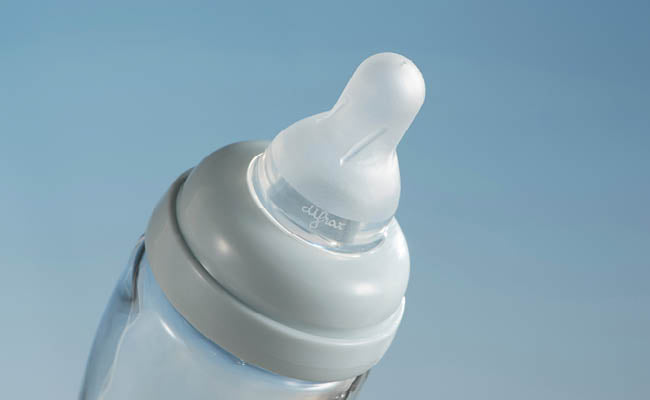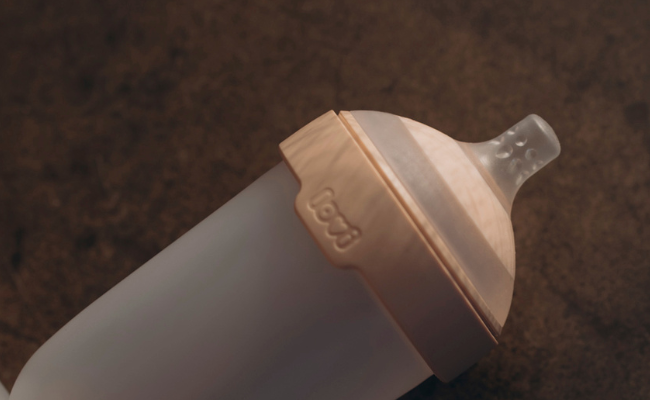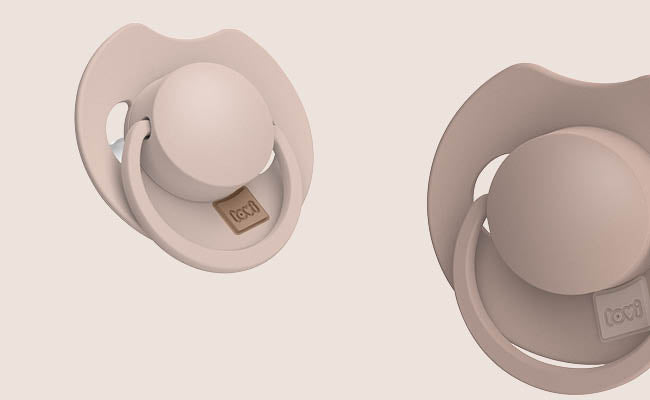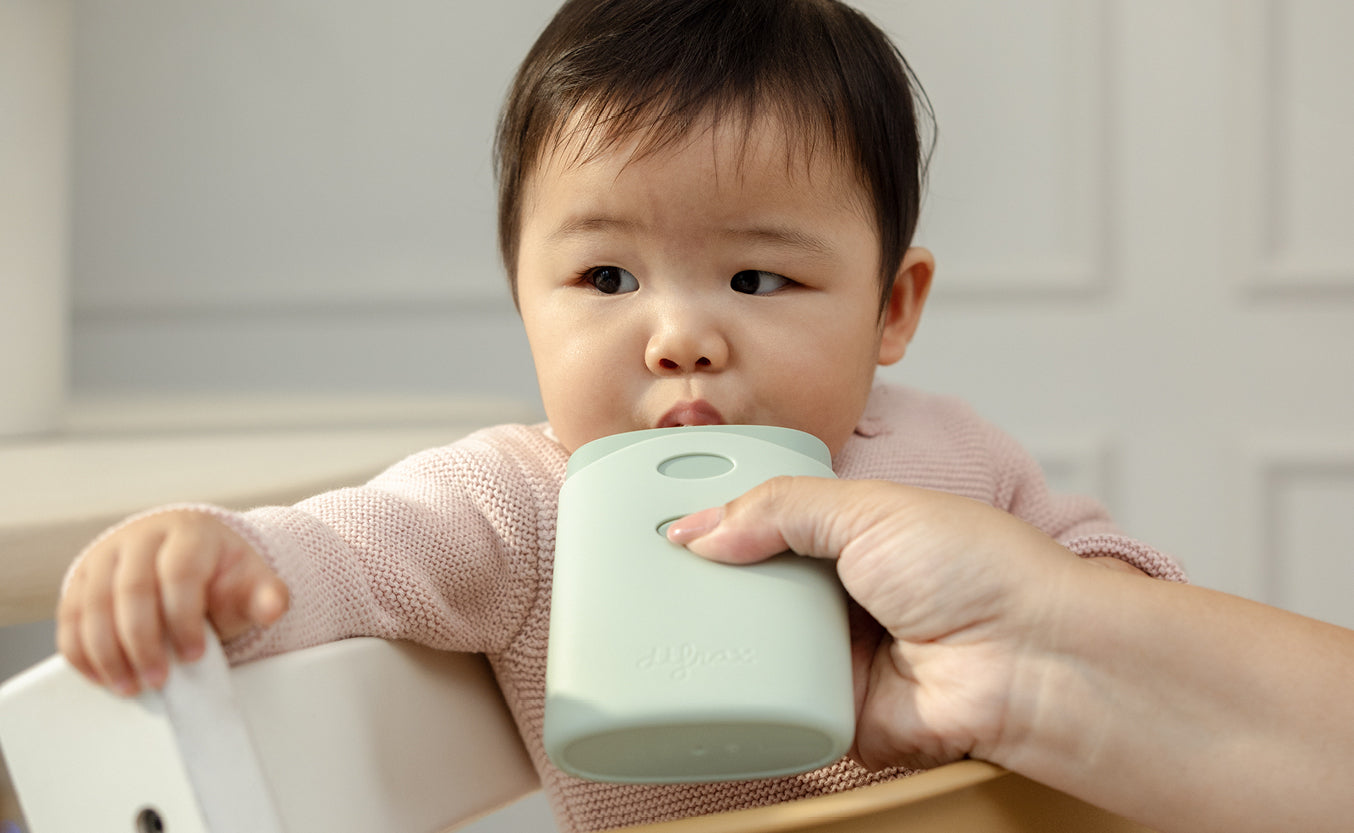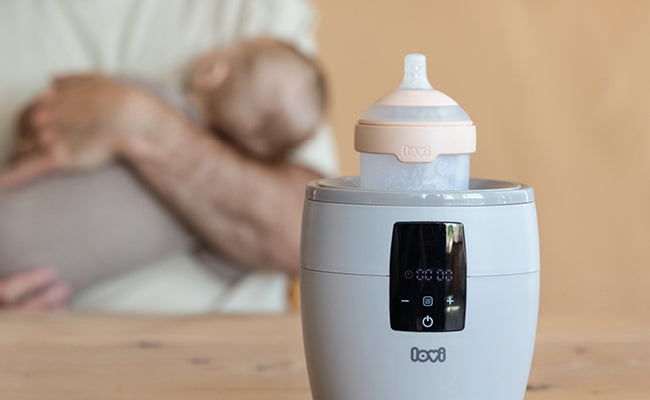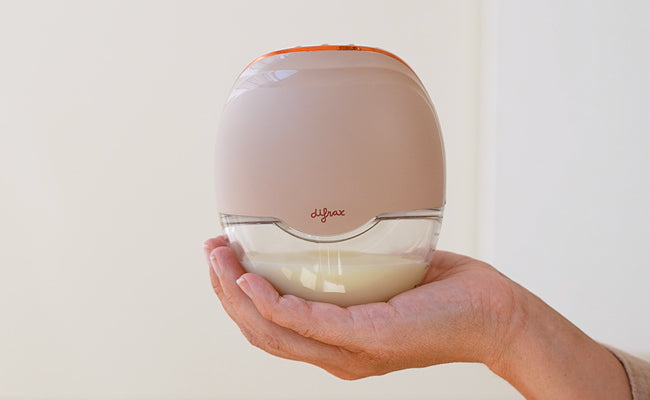
A Step-by-Step Guide to Swaddling Your Newborn Baby
Swaddling is more than just a method of wrapping your newborn baby. It’s a technique widely used around the world by most cultures and families. The swaddling method helps calm and relax babies which eases their crying and makes them more receptive to suckling, greatly assisting in feeding and nourishment. Swaddled babies also sleep longer because they feel more secure with their limbs evenly wrapped up.
When it comes to newborn care the most important thing to keep your baby safe and swaddling is one of them. Swaddling can help babies sleep by mimic their time in the womb with a slight rocking motion and surrounded by constant body contact. In order to get the benefits of swaddling you need to do it properly. Using an unsafe technique can lead to overheating, hip dysplasia or even SIDS (sudden infant death syndrome).
Step-by-step instructions for swaddling your baby:
-
Fold down the top corner of the blanket and lay it flat – in a diamond form – on a changing table, bed, or the floor.
Place your baby on the blanket, face up, with his or her head at the folded corner.
Place your baby's right arm by his or her side, then wrap the right corner around him or her and tuck it under his or her left side.
Bring the blanket's bottom corner up over the baby's feet and shoulders, leaving the neck and face exposed.
The following step is the inverse of the previous one: Wrap the left corner around your infant and tuck it in under the left side, gently positioning his or her left arm by his or her side. Make sure the blanket does not cover the head or neck once more.
Make sure the swaddling isn't overly tight or restricting around the hips and legs. The legs of your infant should be allowed to fall into a natural frog-like posture. Wrapping your kid in a swaddle too tightly might cause hip dysplasia or dislocation.
What Exactly Is Swaddling?
Swaddling is a traditional method of soothing and calming your newborn baby by wrapping him or her in a light, breathable blanket. Swaddling is thought to make your baby feel safe and secure. It could be viewed as a means of easing the transition from being safe and warm inside your tummy to feeling completely at ease in the outside world.
Is Swaddling Your Baby Safe?
Swaddling is entirely safe when done correctly, however improper swaddling techniques might be injurious or deadly. Swaddling has a number of dangers if you don't follow a few easy safety guidelines.
Hip dysplasia is a condition that affects the hip joint. Swaddling your infant too tightly and restricting his or her leg movement can cause hip dysplasia, a disease in which the hip joint does not grow properly. This is why, even when your baby is swaddled, it's critical to ensure that his or her legs can kick freely and shift into their natural "frog-like" position.Overheating. Babies do not have the same level of control over their body temperature as older children or adults. Swaddling your infant too tightly or with heavy blankets might cause hyperthermia. Avoid this by constantly verifying that your infant is at a suitable sleeping temperature and, if required, reducing clothes. Wet sweaty skin or hair, flushed cheeks, or heated skin are all signs that your baby is overheating (not just warm). A baby that is overheated may scream or appear restless.
Is there any benefit to swaddling?
Although experts disagree on whether all of the reported benefits of swaddling can be proven scientifically, many parents claim that it works for them. Swaddling, for example, is said to be beneficial.
- assist your youngster in sleeping longer
- stop your baby from getting shocked by the startle reaction (when your infant is momentarily startled by his or her own involuntary arm and leg movements).
- by simulating the cosy environment of the uterus, you may offer your kid a sense of protection and security.
Is Swaddling Effective in Preventing SIDS?
The judgement is still out on this one; doctors aren't sure how swaddling increases the risk of SIDS, but bear in mind that the answer may alter as your baby grows older. It's conceivable that swaddling makes it more difficult for your baby to roll over into a face-down position in the first month or two. This may assist your infant in sleeping on his or her back, which is suggested to reduce the risk of SIDS. However, as your infant learns to roll over, the situation is reversed. If your baby is swaddled with his arms restricted, it may be more difficult for him to raise or turn his head if he rolls onto his stomach. As a result, the danger of asphyxia may increase. This is why, as soon as your baby shows indications of learning to roll over, you should cease swaddling him or her.
What Kind of Baby Swaddle Should You Use?
The material used to make a swaddling blanket should be light and breathable. You might make advantage of;
- a piece of muslin- a cotton baby blanket that is light and airy
- a specially designed swaddling blanket with hip-friendly design and unique fastenings
Is it possible to breastfeed a swaddled baby?
It's not a good idea to breastfeed your infant when he or she is swaddled. Because your baby becomes fairly hot during feeding, if he or she is bundled up, there is a risk of overheating. Furthermore, if your baby's mobility is restricted, getting into a natural breastfeeding posture to guarantee a proper latch may be more difficult. It's also worth noting that babies who are swaddled on a daily basis may eat less frequently and with less efficiency than those who aren't. If you're swaddling your baby and think it's preventing you from breastfeeding, it could be a good idea to stop or limit the amount of time your baby is swaddled. If you're unsure, see your health visitor or midwife.
Is It Okay to Not Swaddle Your Baby?
Swaddling isn't required, and some experts argue that it's neither essential nor desirable. Consult your midwife or health visitor if you're unsure whether or not to swaddle your baby. If you need a demonstration on how to wrap your baby so that you can make an educated decision, your midwife or health visitor might be able to help.
When it comes to swaddling babies, how long should they be wrapped?
You can begin swaddling your baby as soon as he or she is born, but you should stop as soon as your child shows indications of learning to roll over. It's possible that this will happen around the time your kid is four months old, or a bit later. Keep in mind that babies develop at various speeds, so you may achieve this milestone sooner than you anticipated. If you have any concerns, speak with your midwife or health visitor.
Is it better to swaddle your baby with his or her arms up or down?
Your baby's arms should be straight down by his or her side when swaddled properly, not crossed over the chest or jutting out out of the swaddling blanket.
Last but not least
Swaddling your infant has a number of advantages, including the ability to calm your baby and perhaps promote better sleep, but it also has a number of drawbacks. If you're still undecided about whether or not to swaddle your baby, your midwife or health visitor can help you evaluate the dangers and advantages. If you wish to swaddle your baby, you can quickly learn how to do it by following our step-by-step tutorial or asking your midwife or health visitor to demonstrate it to you. You'll be able to wrap your kid into a lovely little baby burrito in no time!



